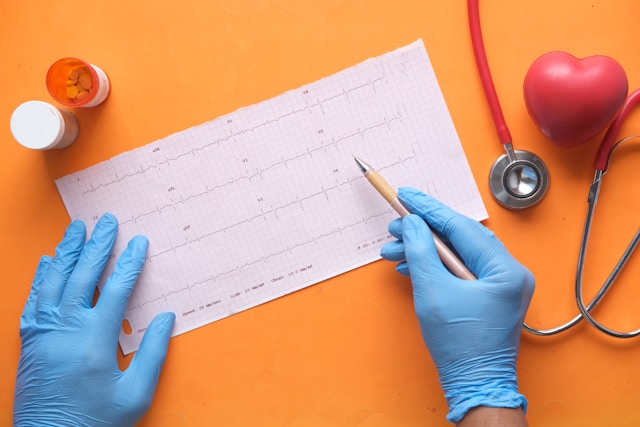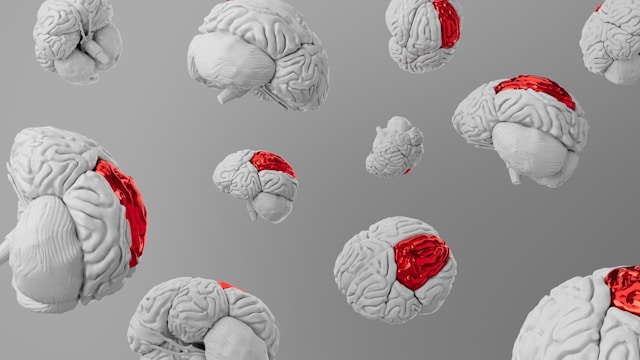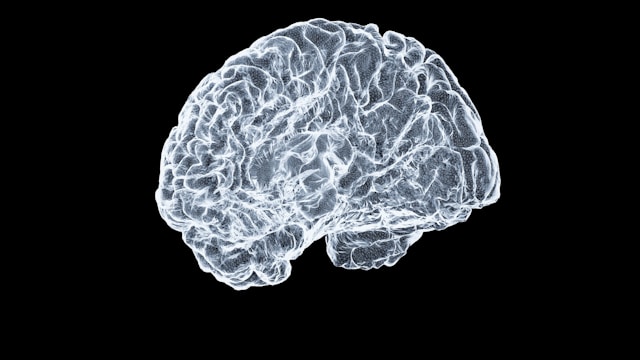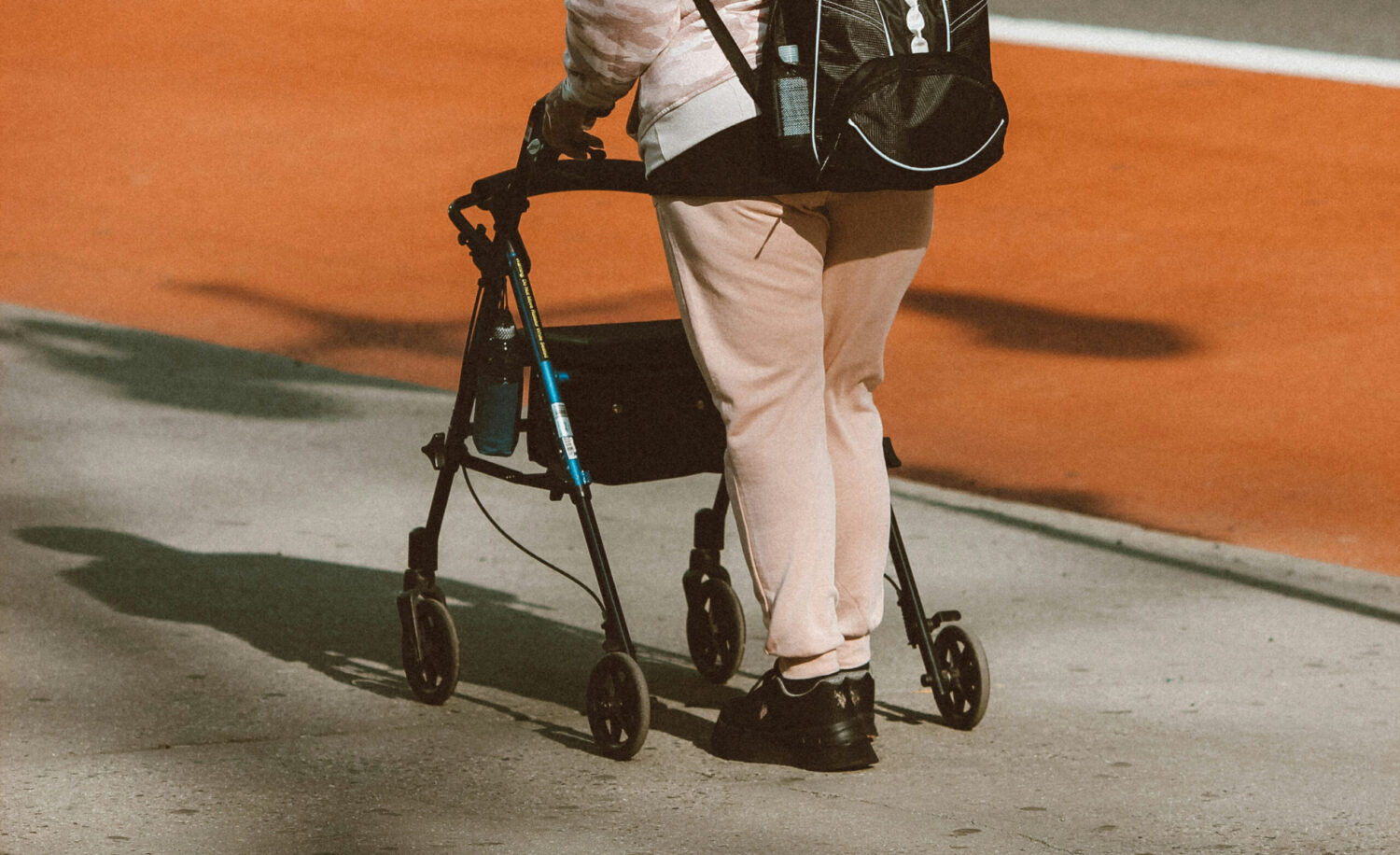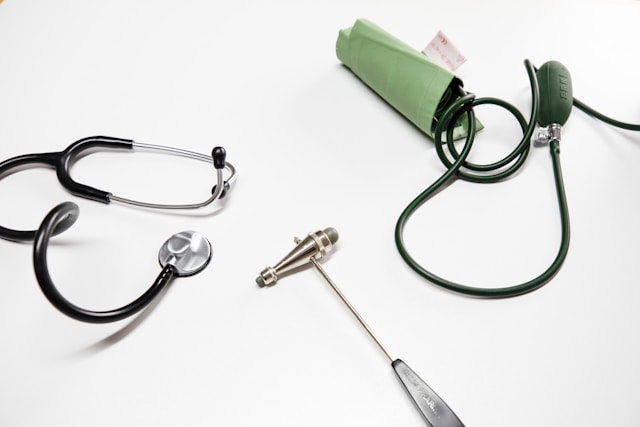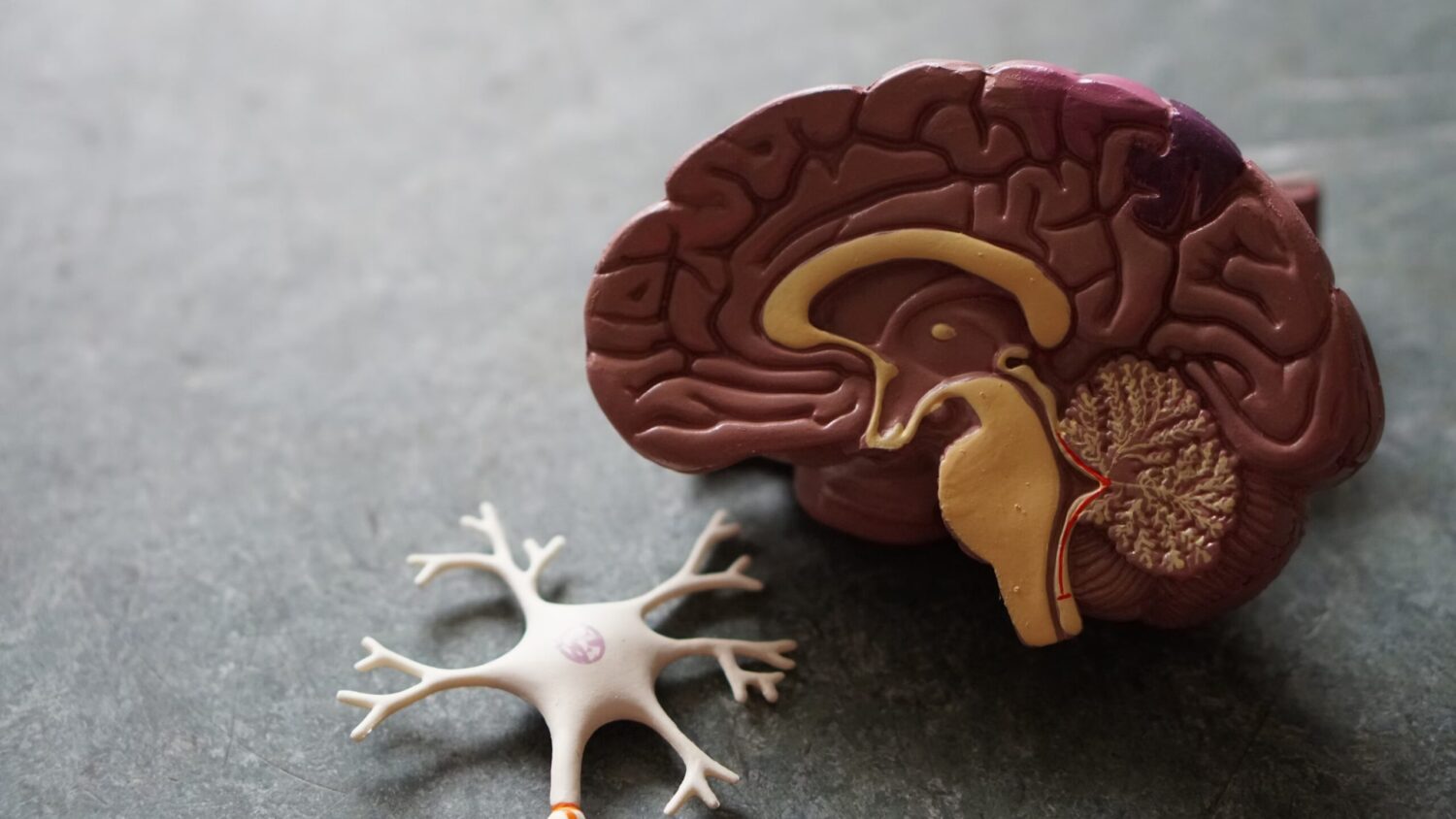Authors:
E.S. Leonova 1.2 , S.V. Polyakov 1.2 , M.A. Pozdnyakova 2 , E.P. Yarygina 3 , S.O. Semisinov 2
1 NUZ "Road Clinical Hospital at the Gorky station OJSC" Russian Railways ", the interdorrutal center of ophthalmology
2 GBOU VPO" Nizhny Novgorod State Medical Academy "
3 GBUZ but" City Hospital No. 35 ", City Glacks Center
Place of publication:
Bulletin of ophthalmology, 6, 2015
Summary:
the goal is to develop an algorithm for neuroprotective treatment during the dispensary observation of railway workers with primary open -angle glaucoma (s) based on an assessment of the effectiveness of the phased use of intravenous and tablet forms of the drug Mexidol. Material and methods. The study included patients - workers of various professions of the Russian Railways company with stages I - III with a compensated level of intraocular pressure (IOD). Mexidol was prescribed 250 mg intravenously drip for 5 days in a daily hospital mode, then an outpatient basis 125 mg 3 times a day for 3 months. In the first, second and third visits, patients conducted a comprehensive ophthalmological examination using high -tech control methods. Results. Analyzed data from 58 patients (96 eyes). A reliable improvement of perimetry indicators, optical coherent tomography was received only to the third visit, at the end of the course of treatment with a tablet form of Mexidol. In patients with the I - II stage of the disease, the greatest effect of neuroprotective therapy was noted. Conclusion. The results obtained during the study allow us to recommend the appointment of patients with soup both combined therapy with Mexidol - injection and tablet forms, and long (3 months) isolated use of the tablet form of the drug. Neuroprotective therapy with Mexidol is most effective in the early stages of the disease.
